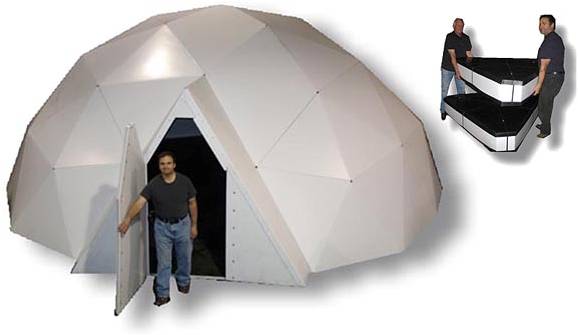Design Like You Give a Damn: Architectural Responses to Humanitarian Crises
Architecture for Humanity, editors, October 19, 2007
The greatest humanitarian challenge we face today is that of providing shelter. Currently one in seven people lives in a slum or refugee camp, and more than three billion people—nearly half the world's population—do not have access to clean water or adequate sanitation. The physical design of our homes, neighborhoods, and communities shapes every aspect of our lives. Yet too often architects are desperately needed in the places where they can least be afforded.
Edited by Architecture for Humanity, Design Like You Give a Damn is a compendium of innovative projects from around the world that demonstrate the power of design to improve lives. The first book to bring the best of humanitarian architecture and design to the printed page, Design Like You Give a Damn offers a history of the movement toward socially conscious design and showcases more than 80 contemporary solutions to such urgent needs as basic shelter, health care, education, and access to clean water, energy, and sanitation. Featured projects include some sponsored by Architecture for Humanity as well as many others undertaken independently, often against great odds.
Design Like You Give a Damn is an indispensable resource for designers and humanitarian organizations charged with rebuilding after disaster and engaged in the search for sustainable development. It is also a call to action to anyone committed to building a better world.


